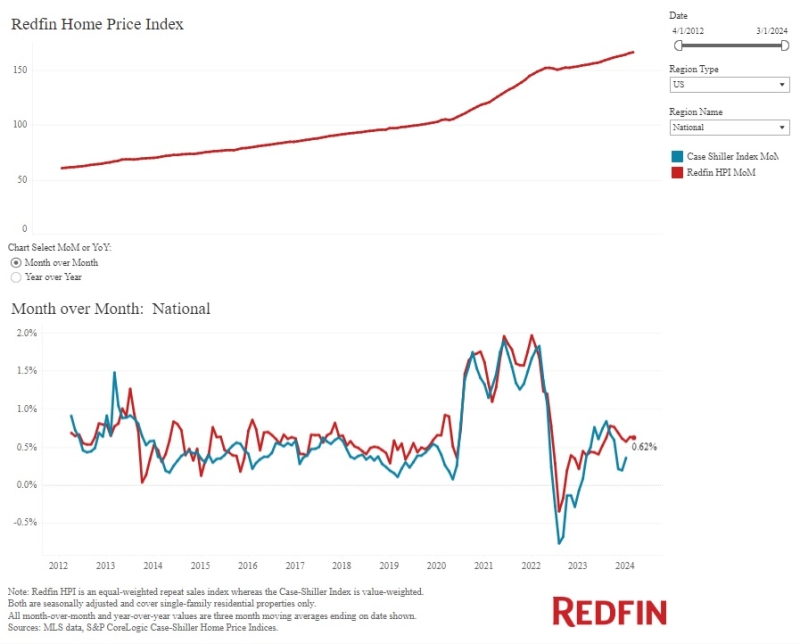New Fannie Mae HomeReady Offering Caters to Affordability

Fannie Mae has announced the release of its HomeReady mortgage, a lending option aimed at helping creditworthy borrowers with lower and moderate incomes to have access to an affordable, sustainable mortgage. HomeReady features new functionality for lenders through Desktop Underwriter to automatically flag potentially eligible loans and fully leverage Fannie Mae’s integrated suite of risk management tools for greater certainty and efficiency. HomeReady reflects extensive research and lender input, and will replace Fannie Mae’s MyCommunityMortgage.
“HomeReady will help qualified borrowers access the benefits of homeownership with competitive pricing and sustainable monthly payments,” said Jonathan Lawless, vice president for underwriting and pricing analytics at Fannie Mae. “We are also confident this mortgage option will create business opportunities for lenders serving the changing demographics and borrower needs seen in today’s market. The combination of our risk management safeguards and an innovative online education tool will put HomeReady borrowers in a strong position to succeed in homeownership.”
Under the new guidelines, Fannie Mae pricing is favorable and simplified for lender use, and eliminates or caps standard loan level price adjustments. Borrowers will be required to complete an online education course preparing them for the homebuying process and providing post-purchase support for sustainable homeownership. The education course, called Framework, will be provided by the Housing Partnership Network and the Minnesota Homeownership Center, and meets the requirements of the HUD Housing Counseling Program and the National Industry Standards for Homeownership Education and Counseling.
For the first time, income from a non-borrower household member can be considered to determine an applicable debt-to-income (DTI) ratio for the loan, helping multi-generational and extended households qualify for an affordable mortgage. Fannie Mae’s research indicates that these extended households tend to have incomes that are as stable or more stable than other households at similar income levels, positioning them well for homeownership. Other HomeReady flexibilities include allowing income from non-occupant borrowers, such as parents, and rental payments, such as from a basement apartment, to augment the borrower’s qualifying income. First-time and repeat homebuyers can purchase a home using HomeReady with a downpayment of as little as three percent.
HomeReady will be available to borrowers at any income level for properties in designated low-income census tracts, and to borrowers at or below 100 percent of area median income (AMI) for properties in high-minority census tracts or designated natural disaster areas. For properties in remaining census tracts, HomeReady borrowers must have an income at or below 80 percent of AMI. Approximately half of census tracts will be subject to the 100 percent AMI limit or have no income limit.





